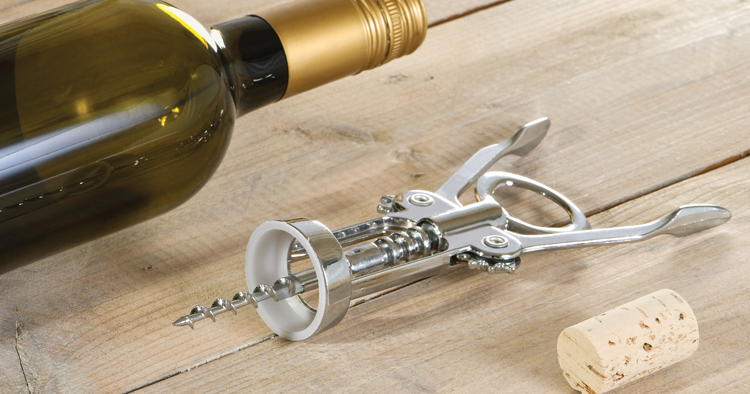Let’s settle it: Are you Team Cork or Team Twist-Off?
While popping a cork might feel more traditional, twist-off caps—especially the fancy kind called Stelvin closures — are giving tradition a run for its money.
Corks have been sealing wine bottles since the days of togas and amphorae. They’re made by trimming the bark of cork oak trees, mostly in Portugal, without harming the tree. Corks are natural, a little bit unpredictable, and they let in just enough air to help a wine age gracefully. But they also come with drama: they can dry out, leak, or worse — ruin your wine with something called “cork taint,” which smells like wet cardboard.
Enter the Stelvin screw cap, a sleek, modern alternative that’s been embraced by winemakers around the world, especially in Australia and New Zealand.
These twist-offs aren’t your gas station wine closures — they’re engineered to seal tightly, prevent spoilage, and keep your wine tasting fresh. Bonus: no corkscrew is required. Just twist, pour, and enjoy without breaking a sweat (or a cork).
Once considered lowbrow, Stelvin caps are now used on some seriously good wines — especially whites and rosés meant to be enjoyed in the next few years.
They’re also great for people who want to reseal a bottle without shoving the cork in with their teeth.
Still, cork lovers aren’t giving up. There’s something classic about that satisfying “pop.” And for wines meant to age for decades, cork’s slow oxygen exchange still has a role to play.
In the end, it’s not a question of right or wrong—it’s just two different ways to seal the deal.
So, whether you pop it or twist it, what matters most is what’s inside the bottle.


Dining and Cooking